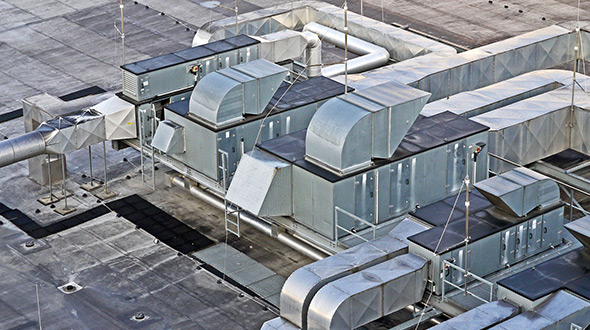
Is your roof about to give way with too much dead load? Before hauling up new equipment to your commercial roof, you need to know if you will exceed its capacity and potentially cause a catastrophic collapse.
atlantacommercialroofingcontractors.com gathered information on the different types of loads your commercial roof endures and how they factor into your roof’s weight-bearing capacity.
Roof Load Calculations
Calculating weight loads is one of the most critical aspects of engineering a roof. Even minor calculation errors can lead to catastrophic roof support failure, injuries, and death.
Since no two roofs are the same, there is no single formula that guarantees the right outcome every time. However, there are common considerations when calculating a roof load during building construction:
• Buildings must be constructed so that columns, beams, walls, and everything structural can support the weight of a roof, and everything on it.
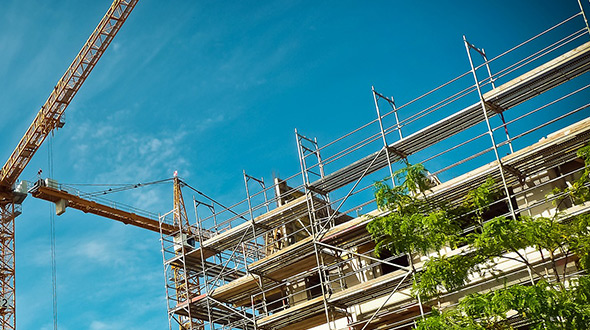
• Location of the building. Different regions of the U.S. may require greater roof loads to accommodate higher windspeed or more substantial snowfall.
• Building owners tend to want to keep costs down during construction. This requires engineers to be even more meticulous in their calculations as they are confronted with budgetary and material confinements.
• The struggle between frugal building owners and construction engineers often leads to an extremely narrow margin of error when calculating a roof’s total load. Missteps in calculations could lead to the roof or building failure.
The “total load” of a roof is the combination of the dead load, live load, and transient load.
Types of Loads Your Commercial Roof Supports
When calculating your commercial flat roof’s weight-bearing capacity, three principal types of loads that must be calculated:
Dead Load – This load includes the combined weight of individual roof materials and anything secured to it permanently. This consists of any ceiling material supported under the roof and permanent installations, like HVAC ducts.
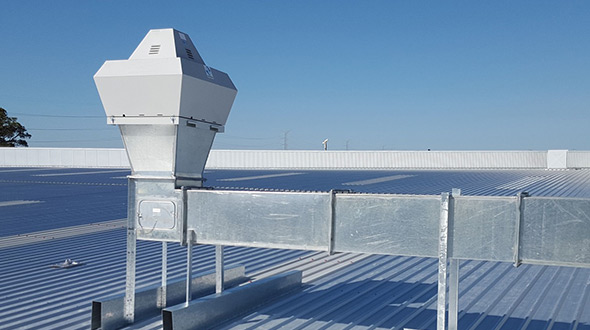
Live Load – This load is determined by adding the weight of installers, technicians, and repairmen who may work on the roof, along with the combined weight of the tools and equipment they might use.
Transient Load – This includes all of the natural stressors on a roof, including rain load, uplift (wind) load, and snow load.
Transient loads vary widely based on conditions and regions. For example, snow loads vary based on moisture and volume, while uplift loads are determined by wind speed.
The International Code Council (ICC) discusses required roof loads for structures and addresses dead loads, live loads, and transient loads – as regulated by the international building code at codes.iccsafe.org/content/IBC2012/chapter-16-structural-design
What is the Total Load for Your Commercial Roof?
The total load for your building and its roof are already calculated for you and can be found detailed on your original construction blueprints. Improvements, upgrades, and additions to the roof or the equipment added on it after construction should be factored into the total load calculation.
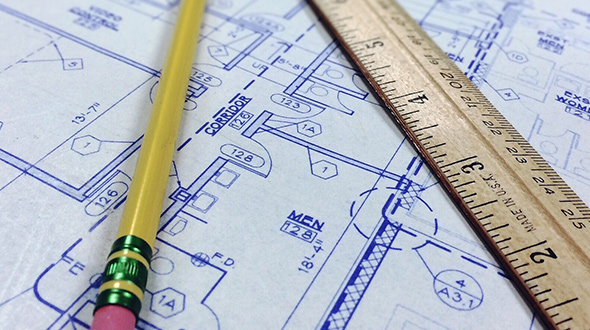
Before initiating any equipment repair, replacement, or additions, have your building engineer factor in the total weight of all people, tools, machinery, and equipment to determine the proper weight distribution and the safety of those activities.
Ultimately, calculating the total roof load is basic physics. However, unless all potential factors are included in the formula, there is great potential for catastrophic roof failure.
When installing a new roof, or replacing an old one, always adhere to your municipality’s building codes to meet those minimum specifications. Then, it’s up to the building owner and engineer to determine the present and future needs for the building and the roof’s total load.
What are the Strongest Roofing Materials?
Building owners experiencing roof failure due to a tornado, hurricane, snow, or equipment exceeding the roof’s total load, may want to install a stronger roofing system. Stronger often means heavier, and before making your decision, you should be sure that your building can structurally support the new roof.
Sprayed Polyurethane Foam (SPF) – Among the most durable roofing material available when weight is considered. SPF may be your best option for a roofing system with a high total load.
Concrete – There’s no question about the strength of a concrete roofing system. However, the weight added to the building may cause more stress to the building than the load above the concrete.
Metal – Metal roofing systems are sturdy and resilient, with a high total load capacity without the weight of a concrete roofing system. Visit atlantacommercialroofingcontractors.com/metal-roofing-advantages-disadvantages/ to learn more advantages and disadvantages of the metal roofing system.
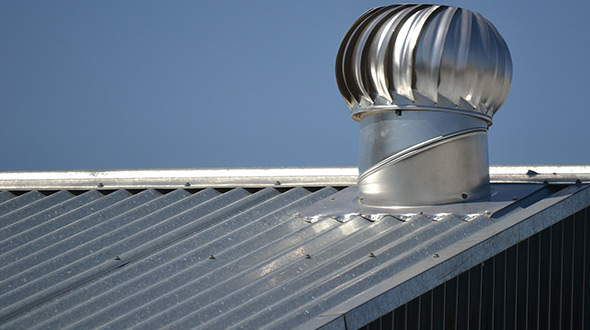
Whether repairing or replacing your roofing system, you must factor in the building’s structural load and avoid exceeding it. Together with your building engineer and commercial roofer, you can find a way to increase your roof’s total load without exceeding your building’s capacity.
Commercial Roof Load Bearing Capacity
Like your building, your roof has a load capacity. Roof failure can occur from extreme weather events, overloading the building’s structural capacity, or by exceeding the roof’s total load capacity.
In this article, you discovered the different types of loads your commercial roof must endure, what a total load is, and which roofing materials are the strongest.
When considering roof repairs, upgrades, extensions, or replacement, you must take into consideration the weight this may add to your roof and whether or not it can handle the load.
Sources:
https://www.nrc.gov/docs/ML1214/ML12146A122.pdf
https://law.resource.org/pub/bd/bnbc.2012/gov.bd.bnbc.2012.06.02.pdf

No comments:
Post a Comment
Note: Only a member of this blog may post a comment.